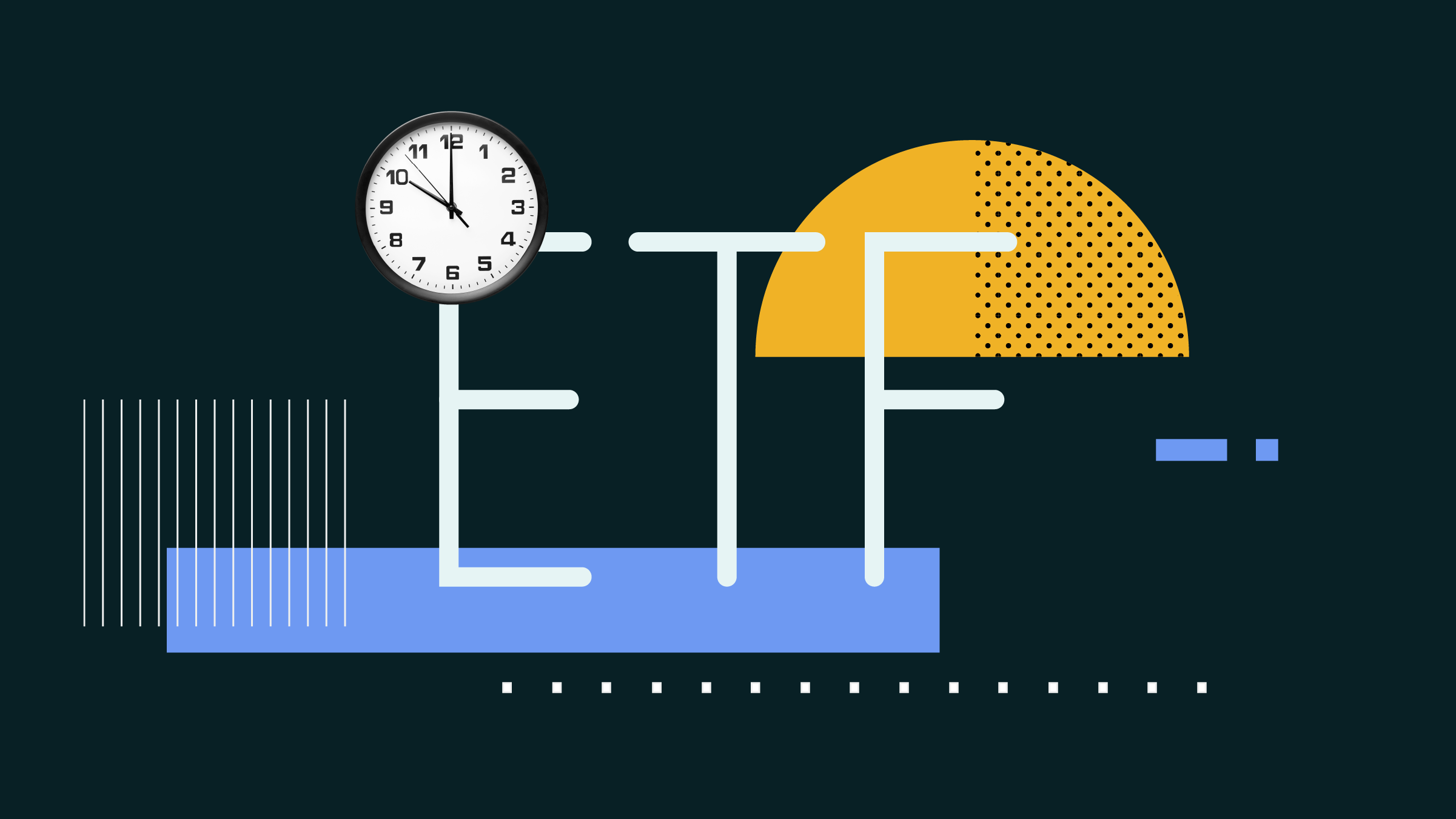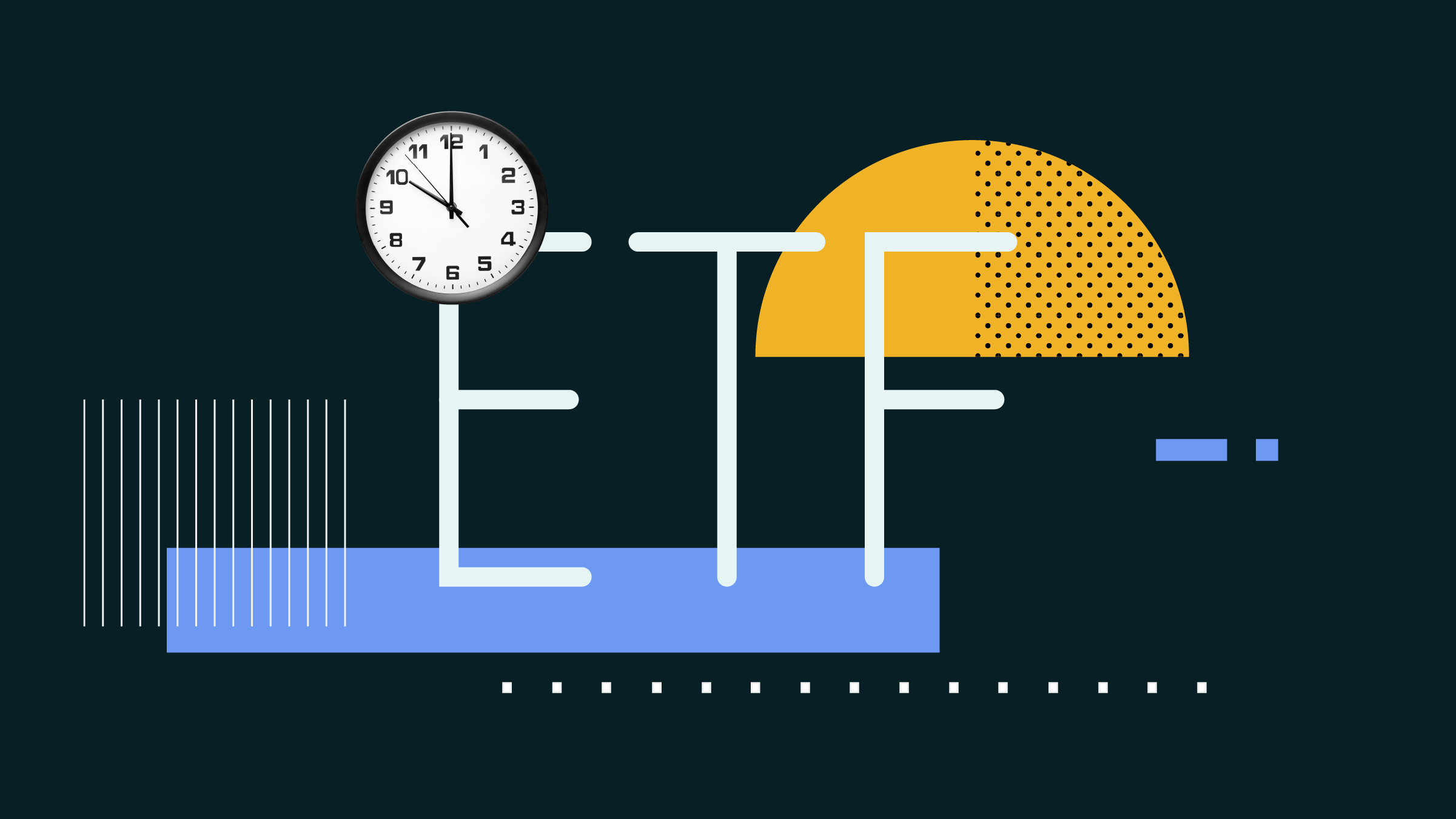Question: How can a wide-moat stock, such as ![]() Swatch (SWGAY), have a high uncertainty rating? If a company has a wide moat, how can there be uncertainty in the calculation of the intrinsic value?
Swatch (SWGAY), have a high uncertainty rating? If a company has a wide moat, how can there be uncertainty in the calculation of the intrinsic value?
Answer: While the Morningstar Economic Moat Rating and Uncertainty Rating are related, these independent measures gauge different things. As a result, wide-moat stocks can earn high uncertainty ratings. In fact, about one fourth of all wide-moat stocks earn uncertainty ratings of high or greater today.
The measures, defined
Let's step back and briefly review what each measure represents and how it's calculated. The Morningstar Economic Moat Rating of wide, narrow or none summarizes the length of a company's competitive advantages. An economic moat is really a structural feature allowing a firm to generate excess profits (or returns on invested capital greater than the weighted average cost of capital) over a long period of time. If we're confident that excess returns will persist for 20 years or more, that company earns a moat rating of wide.
The uncertainty rating, meanwhile, represents the predictability of the company's future cash flows--and, therefore, the level of certainty we have in our fair value estimate of that company. We value companies based on a detailed projection of a company's future cash flows, and discount those flows back to today's dollars using a proprietary discounted cash flow model. The uncertainty rating captures a range of likely potential intrinsic values for a company based on the characteristics of the business underlying the stock, including such things as operating and financial leverage, sales sensitivity to the economy, product concentration and other factors. If the range of potential intrinsic values is narrow, the company earns a low uncertainty rating. If the range is great, the company earns a high uncertainty rating.
Some types of companies have more predictable cash flows than others and, therefore, boast lower uncertainty ratings. For instance, companies in industries that are considered to be defensive--including tobacco, drug-makers and household non-durables manufacturers--tend to have pretty predictable cash flows and, therefore, lower uncertainty ratings. Firms in more economically sensitive industries, including auto manufacturers, retailers and restaurants, generally carry higher uncertainty ratings. Moreover, you'll find few (if any) low uncertainty ratings in highly disruptive sectors such as technology and communication services.
In other words, we may be confident in a company's ability to generate excess profits over a very long period of time, but we might not be as confident in our estimate of what that company's shares are really worth today, or what they'll be worth in the future. That's because their cash flows--either near, intermediate or long term--are less predictable.
Examples
Let's go back to the original example, Swatch. "Swatch's deep portfolio of watches, technologies, and components includes patents and designs that competitors are unable to copy," writes analyst Paul Swinand. As a result, Swatch earns a wide moat. However, Swinand acknowledges that the volatility of the Swiss franc injects uncertainty around his fair value estimate over the short term. Over the long term, the risk of technology disruption and underlying macroeconomic imbalances in China make Swatch's cash flows less predictable, driving its uncertainty rating to high.
Similarly, ![]() Alphabet (GOOGL) carries a wide moat and a high uncertainty rating. With the Google search engine (and its 60% market share of the global search market) at its foundation, Alphabet is one of only a few tech companies to establish a wide moat, notes analyst Neil Macker. Nevertheless, Alphabet is investing in new businesses where it is less competitive; competition in the tech sector is intense and switching costs for search engines are low; and advertisers may find new and more effective ways to find their target audiences, he notes. As a result, Alphabet's fair value uncertainty is high. We're confident in Alphabet's ability to generate excess profits during the next 10 years; given the range of cash flow possibilities, however, we're less confident in what the company's fair value is.
Alphabet (GOOGL) carries a wide moat and a high uncertainty rating. With the Google search engine (and its 60% market share of the global search market) at its foundation, Alphabet is one of only a few tech companies to establish a wide moat, notes analyst Neil Macker. Nevertheless, Alphabet is investing in new businesses where it is less competitive; competition in the tech sector is intense and switching costs for search engines are low; and advertisers may find new and more effective ways to find their target audiences, he notes. As a result, Alphabet's fair value uncertainty is high. We're confident in Alphabet's ability to generate excess profits during the next 10 years; given the range of cash flow possibilities, however, we're less confident in what the company's fair value is.
Here are some other useful resources about Morningstar's equity metrics:
- Morningstar equity research methodology (PDF)
- Why moats matter (video)
- How to use Morningstar Ratings to find quality stocks
















